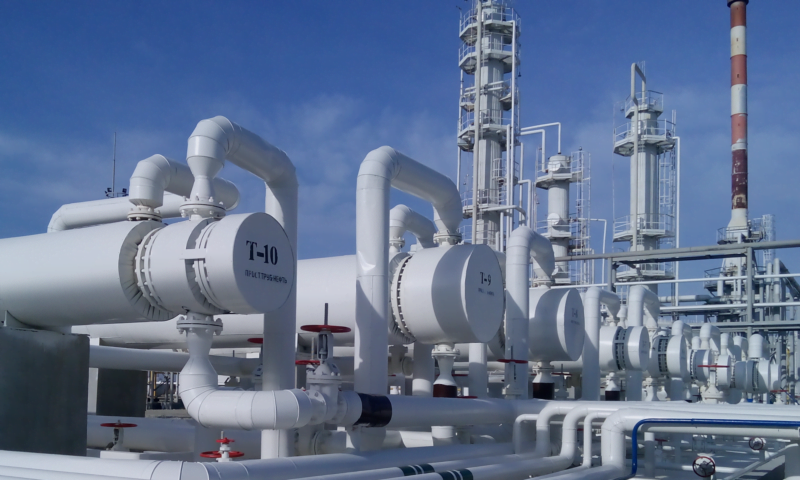Whether we’re talking about upstream, midstream, or downstream oil and gas, regulatory compliance is an often-heard term among investors, operators, and other stakeholders.
What do we mean when we talk about regulatory compliance?
Simply stated, regulatory compliance is the process of ensuring that the manner in which an activity is undertaken adheres to the laws, regulations, and standards established by the governmental bodies having jurisdiction over that activity.
Complying with these rules has historically been difficult, requiring the manual preparation of reports documenting operating data, spills, and maintenance activities.
Thankfully, advances in asset integrity software can reduce the regulatory reporting burden for oil and gas and petrochemical facilities.
Let’s examine this issue more closely and consider how you can reduce the effort required to ensure compliance.
Regulatory Compliance in a Nutshell?
How hard can it be to ensure that your facility operates by the rules? Quite hard, actually.
From a very basic standpoint, regulations are rules that have been put in place to protect the health and safety of the general public and employees, the environment from harm, and other public policy goals. That sounds straightforward. However, developing systems to ensure compliance with regulations can be a nightmare because a byzantine web of requirements often complicates regulations. For instance, a company operating in one state may have to respond to different regulatory agencies for on-shore production facilities, off-shore facilities, pipelines, refineries, or other petrochemical facilities.
For companies with cross-border operations, this complexity can increase even further. Processes and approaches that might be acceptable in one jurisdiction may not be acceptable in another. An example of this is the use of Risk-Based Inspections for pressure equipment. Some jurisdictions allow for setting inspection intervals for pressure equipment using risk analysis, while others rely solely on time-based inspections.
Implementing effective tools to ensure regulatory compliance can yield significant benefits despite this complexity.
The Benefits of Compliance
A robust compliance framework can significantly enhance a company’s reputation. Some of the benefits of implementing an effective compliance program include:
- Robust compliance systems can foster transparency in an operation.
- Focusing on compliance can improve operational efficiency, reduce downtime, and increase return on capital.
- Companies prioritizing compliance are better positioned to attract investment and maintain favorable relationships with regulators and stakeholders.
- Companies that take their compliance responsibilities seriously can safeguard the social license necessary to operate in today’s economy.
Some of the benefits of remaining in compliance can seem intangible. On the flip side, the costs associated with being non-compliant are quite tangible…
The Cost of Non-Compliance
The importance of regulatory compliance in the oil and gas industry cannot be overstated.
Non-compliance can lead to severe penalties that can include:
- Fines that can reach over $1 million per day for ongoing violations in some jurisdictions.
- Suspension of operating permits.
- Significant negative impact on public image.
- Civil and/or criminal lawsuits.
We can see direct and potentially severe consequences associated with being out of compliance with applicable regulations. What about the cost of compliance?
The Cost of Compliance
Companies must allocate a significant portion of their budgets toward compliance efforts to ensure they do not run afoul of regulatory agencies. Some sources claim that the overall cost of compliance in the oil and gas industry amounts to 5-10% of overall operating costs.
Significant expenses for monitoring, documentation, staff training, auditing, and implementing compliance management systems can be incurred.
It’s obvious that remaining in compliance makes good business sense. Is there any way to reduce compliance costs?
Reducing the Cost of Compliance Reporting
A significant portion of the compliance costs for oil and gas facilities comes from the need to ensure asset integrity.
When talking about equipment inspections, paper forms, and checklists have been the industry standard for decades. When inspections or repairs were completed, the paper documents were typically transcribed into a digital format and stored in spreadsheets, small databases, or other tools.
Adding to the burden, inspection regimes have relied on age-based inspection schedules for pressure equipment, piping, valves, and other equipment.
Finally, auditing and reporting in a system based on paper records is a nightmare regarding ease and cost.
We believe that modern technology provides the tools to help reduce this portion of the regulatory burden.
Asset Integrity Software is Part of the Solution
Although it is not possible to reduce regulatory costs to zero, asset-intensive industries such as oil and gas can take some steps to reduce the burden of ensuring compliance by:
- Optimizing inspection schedules based on risk-based modeling of equipment degradation.
- Eliminating paper forms and checklists through the use of digital checklists to guide staff and contractors through equipment inspections and skipping costly transcription of results of inspections by directly recording the data in an integrated.
- Interfacing your inspection database with your CMMS, document management system, and digital twins.
- Providing a secure audit trail consisting of approvals, credential management, inspection results, and other information for convenient reporting.
- Improving safety and reliability through the use of reliability-centered maintenance analysis.
If you are serious about decreasing the cost of regulatory compliance in your organization, investing in robust asset integrity management software can significantly provide significant returns.
Are you Ready to Reduce your Compliance Costs?
At Cenosco, our Integrity Management System (IMS) software suite provides all of the tools necessary to improve efficiency and lower the cost of your regulatory compliance system.
Contact us today to learn how IMS can help transform your compliance and reporting systems.
Fill out the form below to start toward more reliable and efficient operations at your facilities.
Want to learn more about IMS?
Request a demo below to get a first-hand look at its capabilities!




